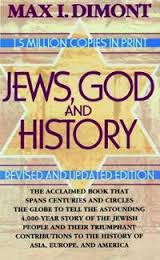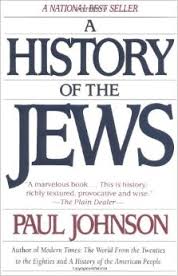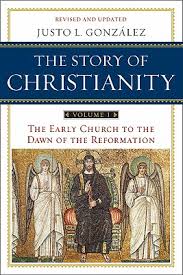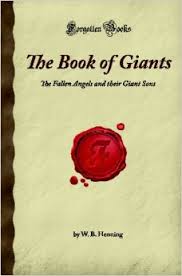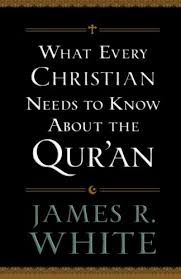Description
This popular history of the Jewish people succeeds in bringing the four thousand year saga alive for the general reader. The author observes that even though the furniture of the West may be Greek, the house of Western civilization is Jewish. One of the questions examined in this book is: How did the Jewish people survive the disappearance of every civilization in which they lived? The following six eras are discussed in the Preface: the Pagan World, Greco-Roman civilization, Diaspora, Islam, European Middle Ages and the Modern Age. Dimont accepts the psychoanalytic, philosophical and existentialist interpretation of history that holds that ideas motivate mankind and shape history.
Part One: The Portable God, explores the age of paganism, the origin of the Hebrews and of monotheism and the ancient kingdoms of Israel and Judah, until the coming of the Greeks and the clash of Greek and Hebrew culture. In Part Two: Age Of The Apikorsim, he looks at the survival of Jewish culture and religion under the Greeks, the Roman take-over of the land, the destruction of Jerusalem and the various Jewish revolts until the final banishment from the Holy Land.
Part 3: Moses, Christ and Caesar investigates the birth of Christianity as a Jewish sect, how the religions were separated during the aforementioned wars and revolts and the spread and ultimate triumph of Christianity in Europe. The next section, Invisible World Of The Talmud, explains how Judaism and Jewish identity were preserved in the diaspora by means of Talmudic learning.
In Part 5: Mohammed, Allah and Jehovah, the author covers the rise of Islam and the Arab expansion, the golden era of Jewish scholarship and the end of that period with the Mongol invasion of the Middle East and the Christian reconquest of Spain, whilst the following, The Prince And The Yellow Star, considers the Middle Ages, Crusades, Renaissance and Reformation. It also examines the role of the Jewish people in the feudal age and the origin of Kabalah.
Part 7: On The Horns Of Modern Isms, chronicles the emancipation from the ghetto to the enlightenment when Jews started occupying important positions and became intellectual leaders in Europe. This section looks at Western Europe, Eastern Europe, the United States, Nazism and finally, Zionism and the birth of the State of Israel. In the last part: Cultural Mosaic, Dimont attempts an historical explanation of the incredible survival of this miracle nation.
In his view, the first 2000 years represent that third of the Torah and Talmud which concerns priesthood and sacrifice that preserved the Hebrews from paganism. The second 2000 years had to do with that third of the Torah and Talmud that preserved ethnic identity through ritual while spreading Biblical ideas of humanism. He speculates that the last one third now remains, that part that deals with universal concepts of justice, morality and ethics.
